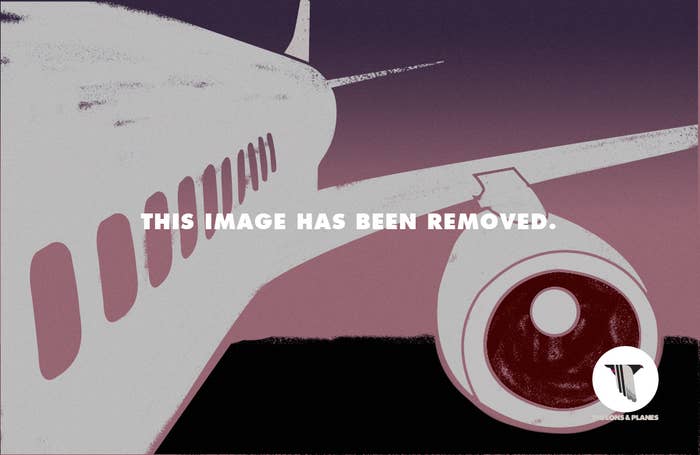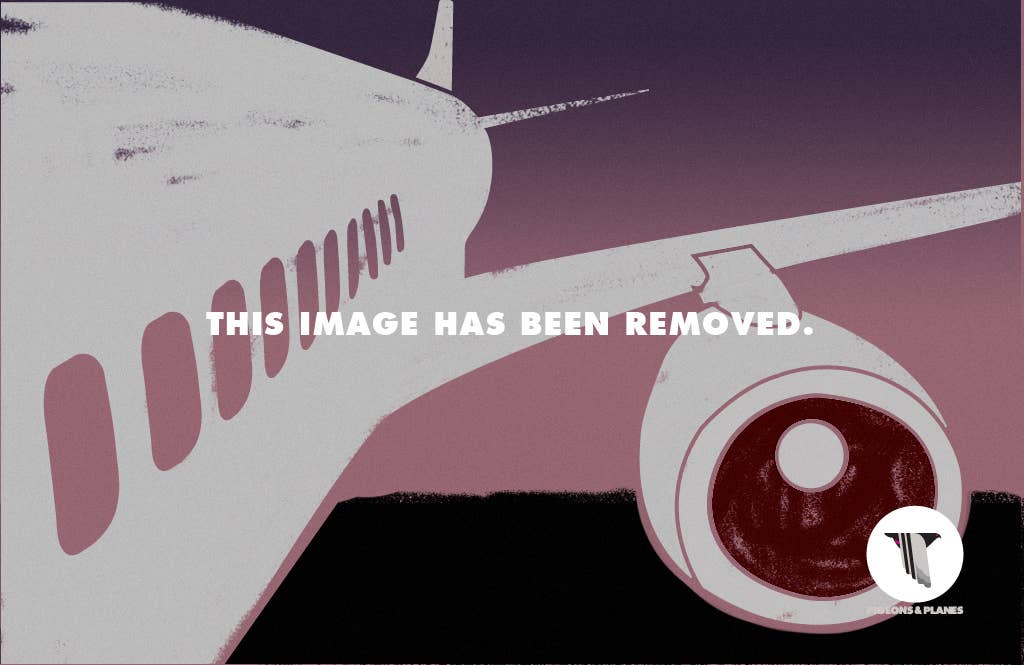1.

By Sydney Gore
In the past few years, the internet has become the place where independent artists have the space to thrive. Though the music industry has historically been dominated by major labels, the internet provided a slight respite from that world, a playing field that was level—or at least slightly more so. But a recent move from YouTube suggests the internet might finally become as aligned with the interests of big business as the rest of the music industry.
In June, YouTube confirmed its plans to launch a subscription based service, apparently set to be called YouTube Music Key, and started taking videos from independent label artists down. The decision came after many independent music labels were unable to come to an agreement with YouTube’s updated royalty terms.
YouTube took a hard line against these indie labels. Any label that doesn’t sign the agreement will now be excluded from the new YouTube service, and all of the content from the label’s artists will be stripped from the original free YouTube host. These labels and artists will be effectively exiled from YouTube’s kingdom.
Smaller labels have complained that the new terms and negotiations are unfavorable, saying they don’t benefit them in the same way that they do the major labels do. According to TIME, a trade association representing indie labels claimed YouTube was trying to strong-arm them into accepting non-negotiable terms that would offer smaller payouts than competing services. And the Worldwide Independent Network (WIN) called YouTube’s ultimatum a “grave error of commercial judgement.” But none of the criticism has moved YouTube to change their “sign or get out” policy.
Is it that bad?
YouTube claims to have signed deals with labels that make up about 90% of the music industry. “While we wish that we had 100% success rate, we understand that is not likely an achievable goal and therefore it is our responsibility to our users and the industry to launch the enhanced music experience,” said Robert Kyncl, Vice President and Global Head of Business at YouTube. Basically, they’ve done their best.
However that 90% figure may be misleading. Though it appears to be accurate in terms of sales figures, it doesn’t represent the number of small-scale indie artists all over the world, many of whom see YouTube as a place they can be discovered easily and self-promote.
Google’s influence has allowed YouTube to shift away from user-generated content, in the process turning itself into an entity that gets 800 million visitors a month and uploads 72 hours of content per minute. But could this move against indie artists, and in a sense against their original “mission,” actually jeopardize their business?
Partners in streaming
YouTube isn’t the only streaming giant looking to shore up its commercial interests. Three big players in the streaming market recently announced partnerships that will deepen the relationships between streaming services and powerful media companies.
Spotify announced it would unite with Viacom in a partnership that Spotify founder Daniel Ek characterized as a joint effort to, “bring back the music in MTV and bring its programming to a wider audience again.” The marketing deal will cross promote artists featured on MTV, VH1, and CMT programs using Spotify playlists.
In the last few months, Apple invested $30 million in Swell, an algorithm-based iOS app for talk radio. The app functions much like Pandora, offering users audio content based on personal preferences. Apple now has full control of the app and its users, which will ultimately benefit iTunes Radio, their streaming service.
Soundcloud has also partnered with major labels like Sony, Universal, and Warner. In order to avoid impending copyright issues, they are working out a deal that grants the labels royalties based on play counts and potentially equity stakes in the company. This deal would also raise Soundcloud’s value to anywhere between $500 and $600 million.
These new arrangements in the streaming market might be sold as “innovations” that will benefit both artists and consumers, but will they just serve to further entrench the interests of the industry’s most powerful players?
These new arrangements in the streaming market might be sold as “innovations” that will benefit both artists and consumers, but will they just serve to further entrench the interests of the industry’s most powerful players.
Who has the power?
Though it may not always be apparent, the true power in the new internet music economy lies in the hands of consumers. Labels have no direct influence over what videos we choose to watch on YouTube—if the artists have agreed to YouTube’s terms of service, that is. What they can do is make sure they maximize what YouTube has to offer.
There’s a common misconception that YouTube pays all artists proportionately for views on their videos. This isn’t the case. Any money that an artist makes comes from advertisements. The imbalance between how much Nicki Minaj earns when she posts a music video and how much FKA twigs earns comes from specific advertising deals. Artists that have branding deals are more likely to make substantial money on YouTube because of their sponsors.
Major labels can also exploit the disconnect between the “passive” and “active” consumer. Passive consumers make up most of the listening public and want music brought to them in digestible forms like Spotify playlists or “top song” countdowns. Partnerships between major labels and companies like Spotify or Soundcloud seem designed to serve these passive consumers up on a platter, in essence making the internet more like terrestrial radio.
How are artists fighting back?
Despite a surge of power moves from big corporations that are muscling their way into the internet market after years of resistance, the music community is fighting back. Some smaller artists have taken matters into their own hands.
Acts like How To Dress Well and The Acid previewed their latest albums in advance through SoundCloud. While this didn’t make them any money, it gave consumers the ability to stream music directly from the source, creating a personal connection. It may also be seen as an act of generosity on the part of the artist, which can help build a strong and loyal fan base. Though this strategy may make sense for newer acts, or those who build careers around touring, eventually many artists have to figure out how to make money to support themselves.
Some artists have launched their own innovative new services in an attempt to do so. Last year, for example, Nicolas Jaar created Other People, a serial label that delivers new albums and compilations to subscribers every Sunday for a monthly fee.
Indie labels have also tried their hands at using the internet to sell music to fans in new ways. Independent label SubPop partnered with Drip.fm, a subscription-based streaming and download service. For a fee of $10/month, fans have exclusive access to albums, singles, and other special perks. Fool’s Gold, Jagjaguwar, and Secretly Canadian have also signed on to this movement, while labels like Domino and Mad Decent follow a similar but different approach in which listeners pay a fee to receive releases on a regular basis.
For many artists and indie labels looking to gain a foothold in the music industry, the solution has been to create their own ways of delivering content to fans, on their own terms.
For many artists and indie labels looking to gain a foothold in the music industry, the solution has been to create their own ways of delivering content to fans, on their own terms.
What will happen to indie artists?
So what does this all mean? While it may look like major labels are gaining an upper hand in the fight for control of the online music landscape, if there’s one thing recent history has shown, it’s that the internet can adapt, and quickly. When Napster was shut down by the authorities, the culture surrounding free music didn’t disappear, it evolved. If YouTube blocks out indie artists, they’ll find other ways to reach fans. People want to watch videos from indie artists, and niche channels are sure to pop up that give artists free platforms for video streaming. The main question is whether it will mean an inability for lesser-known artists to reach “mainstream” and “passive” consumers without the backing of a major label.
Vimeo, a platform widely embraced by indie filmmakers, is one option for musicians. Though smaller in size, the service attracts 70 million unique visitors every month on its network, creating an ad-free space for a more engaged viewing audience that evokes a sense of community. It may also allow musicians to push artistic boundaries in a way they couldn’t on YouTube. Australian trio Movement used to post their videos on YouTube, but their most recent NSFW music video for “Ivory” made its debut on Vimeo.
Looking to the future
YouTube has become a place where indie artists can be discovered by both fans and major labels, especially if a video or song they create goes viral. But if YouTube, as they are threatening, deletes the videos of many indie artists, this process will be derailed. YouTube is fully aware of this, and understands the immense pressure that indie labels feel to accept its new terms. YouTube can survive without indie labels—most of those videos weren’t racking up millions, or even thousands of views—but will their absence cause mainstream consumers to miss out on unexpected indie hits?
“We have tried and will continue to try to help YouTube understand just how important independent music is to any streaming service and why it should be valued accordingly. Music fans want a service that offers the complete range of music available,” said Alison Wenham, CEO of WIN. “By not giving their subscribers access to independent music YouTube is setting itself up for failure. We appreciate that a small number of independent labels may have their own reasons for agreeing to YouTube’s terms, that is their prerogative, but they are very much in the minority.”
So far YouTube has stood its ground. It seems the potential “failure” Wenham referenced isn’t something YouTube worries much about. YouTube can afford to have this attitude because it has the type of market share that can only be broken by a drastic change in the way we consume music videos on the internet.
The internet is now the main driving force in pop culture.
The internet is now the main driving force in pop culture, and the implicit and explicit rules for the way content is shared on it are still being hashed out. Major labels and large corporations are partnering to try to guide the ways these norms will evolve, but indie labels and artists have begun to fight back. Whether the future of the music industry will be as dominated by big corporations as the past will depend on a variety of factors, but streaming services will be an important battleground to see the way power will be distributed in the new internet economy.

